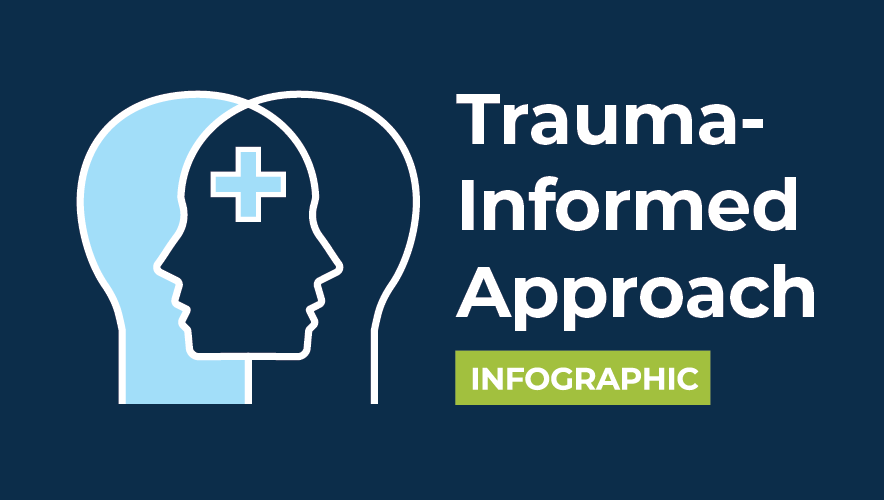A growing trend in Social and Emotional Learning is the integration of trauma-informed approaches. This shift recognizes the prevalence of Adverse Childhood Experiences (ACEs) and their profound impact on students’ social, emotional, and academic development. Trauma-informed SEL (TI-SEL) seeks to create learning environments that are sensitive to the needs of students who have experienced trauma, while also building resilience in all students.
At the core of this trend is the understanding that trauma can significantly affect a child’s ability to regulate emotions, form relationships, and engage in learning. TI-SEL programs aim to create safe, predictable environments where students can develop the skills to cope with and overcome the effects of trauma.
One key aspect of TI-SEL is the focus on building strong, supportive relationships between educators and students. This involves training teachers to recognize signs of trauma and respond with empathy and understanding. Schools implementing TI-SEL often adopt a “connection before correction” approach, prioritizing relationship-building over punitive discipline measures.
Another important element is the emphasis on teaching self-regulation skills. TI-SEL programs often incorporate mindfulness practices, breathing exercises, and other techniques that help students manage stress and anxiety. These skills are particularly crucial for students who have experienced trauma, but they benefit all students in developing emotional resilience.
TI-SEL also involves creating physically and emotionally safe classroom environments. This might include providing quiet spaces for students to decompress, establishing predictable routines, and giving students choices to help them feel a sense of control. The goal is to create an atmosphere where students feel secure enough to engage in the vulnerable work of social and emotional learning.
Collaboration with mental health professionals is another key trend in TI-SEL. Many schools are bringing counselors and social workers into classrooms to support SEL instruction and provide additional resources for students who need more intensive support. This multi-tiered approach ensures that all students receive basic SEL instruction while those with greater needs have access to specialized interventions.
Family engagement takes on added importance in TI-SEL. Schools are working to educate families about trauma and its effects, as well as providing resources to support SEL at home. This holistic approach recognizes that healing from trauma often requires support beyond the school environment.
However, implementing TI-SEL comes with challenges. It requires significant professional development for all school staff, not just teachers. There’s also the risk of over-identifying trauma, potentially leading to stigmatization. Balancing the needs of students who have experienced trauma with those who haven’t can be complex.
As this trend continues to evolve, we can expect to see more research into the effectiveness of various TI-SEL approaches. There may also be increased focus on secondary traumatic stress in educators, recognizing that working with traumatized students can take an emotional toll on teachers.
The ultimate goal of trauma-informed SEL is to create resilient school communities where all students, regardless of their experiences, can feel safe, supported, and ready to learn. By addressing the impact of trauma through SEL, schools are not only supporting individual student success but also contributing to broader societal healing.





